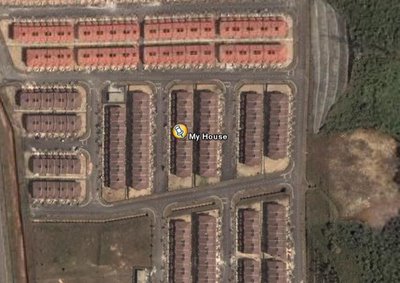 Highbury still for me is one of the best grounds in the Premiership.The stadium has a capacity of 38,500 (12,500 in the North Bank, 11,000 in the West Stand, 9,000 in the East Stand and 6,000 in the Clock End), all seated, and has two Jumbotron screens in the South-East and North-West corners. The stadium's main entrances are on Gillespie Road, Avenell Road and Highbury Hill.
Highbury still for me is one of the best grounds in the Premiership.The stadium has a capacity of 38,500 (12,500 in the North Bank, 11,000 in the West Stand, 9,000 in the East Stand and 6,000 in the Clock End), all seated, and has two Jumbotron screens in the South-East and North-West corners. The stadium's main entrances are on Gillespie Road, Avenell Road and Highbury Hill. Highbury Stadium has been the home ground of Arsenal Football Club since 1913. It is located in Highbury, London giving rise to its popular name Highbury. The original Arsenal Stadium was built in 1913, when Woolwich Arsenal moved from their home in Plumstead, south-east London to Highbury, leasing the recreation fields of a local divinity college. Designed by renowned stadium architect Archibald Leitch, it featured a single stand on the eastern side, and the other three sides given banked terracing. However, no significant portion of Leitch's original stadium remains today, following a series of bold redevelopments during the 1930s.
The first of these was the West Stand, designed by Claude Waterlow Ferrier and William Binnie, with a distinctive Art Deco style, which opened in 1932; at the same time, the local Tube station was renamed from Gillespie Road to Arsenal. Leitch's main stand was demolished to make way for a new East Stand matching the west one in 1936, with its distinctive facade facing onto Avenell Road. The terraces at the north and south ends were both given roofs, and the southern terrace had a clock fitted to its front, giving it the name Clock End.
The stadium stayed more or less the same for the next fifty years, although during World War II the North Bank terrace was bombed and had to be rebuilt. Floodlights were fitted in 1951 (having been advocated by Arsenal manager Herbert Chapman some twenty years earlier). However, in the early 1990s, the Taylor report on the Hillsborough disaster was published, which recommended that football stadiums become all-seater. The North Bank, which had become home of Arsenal's most passionate supporters, was demolished in 1992, and a new all-seater stand constructed in its place. The Clock End was retained but redeveloped, and had seating and executive boxes fitted.
As well as being home to Arsenal, in the past Highbury has occasionally functioned as a home stadium for England matches; in all 12 internationals were played at Highbury from 1920 to 1961, most of them being friendlies. These included the "Battle of Highbury", England's famous 1934 3-2 win over World Champions Italy, where seven Arsenal players started the match. Highbury has also been the venue for 12 FA Cup semi-finals as a neutral ground, the first in 1929 and the most recent in 1997. Highbury has also seen several cricket and baseball matches, and was the venue for the 1966 World Heavyweight boxing title bout between Henry Cooper and Muhammad Ali (which Ali won).
The 2005-06 season will be Arsenal's last at Highbury. Arsenal will leave the Highbury Stadium when the new Emirates Stadium in nearby Ashburton Grove is opened, currently scheduled for summer 2006. Arsenal Stadium will then be redeveloped for housing; however, the exteriors of the East Stand, which is a Grade II listed building, and the matching West Stand, will be preserved. In June 2005 Arsenal received planning consent for a revised scheme which will see 750 properties built on the site. Here's the memorial Highbury from aerial photo...


